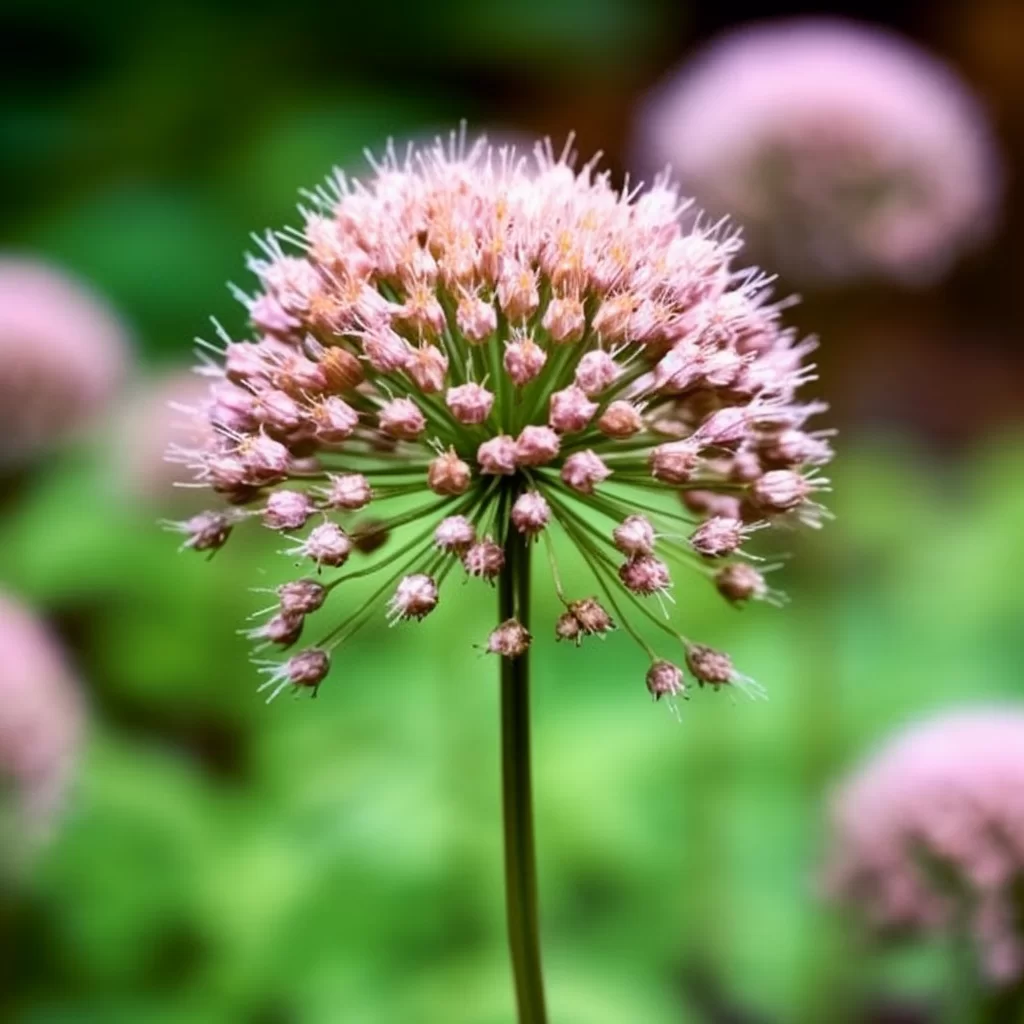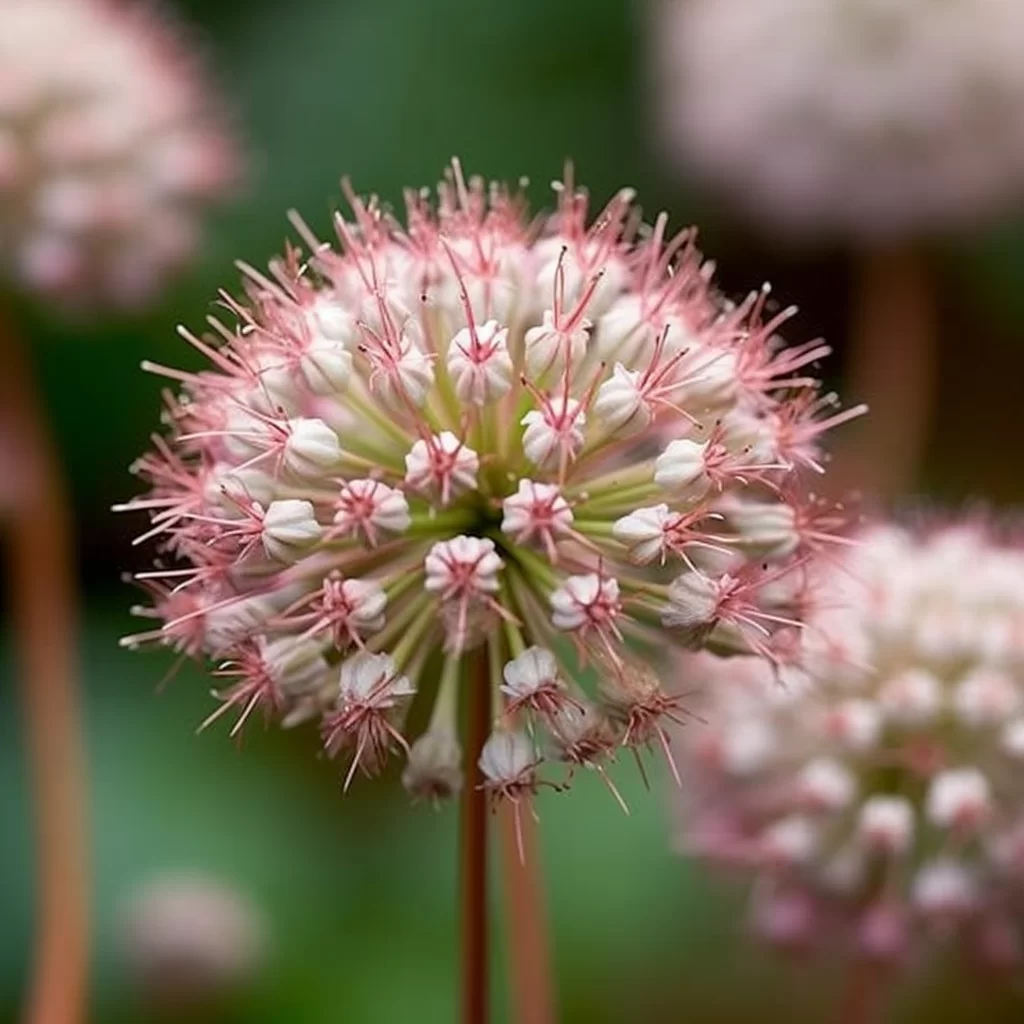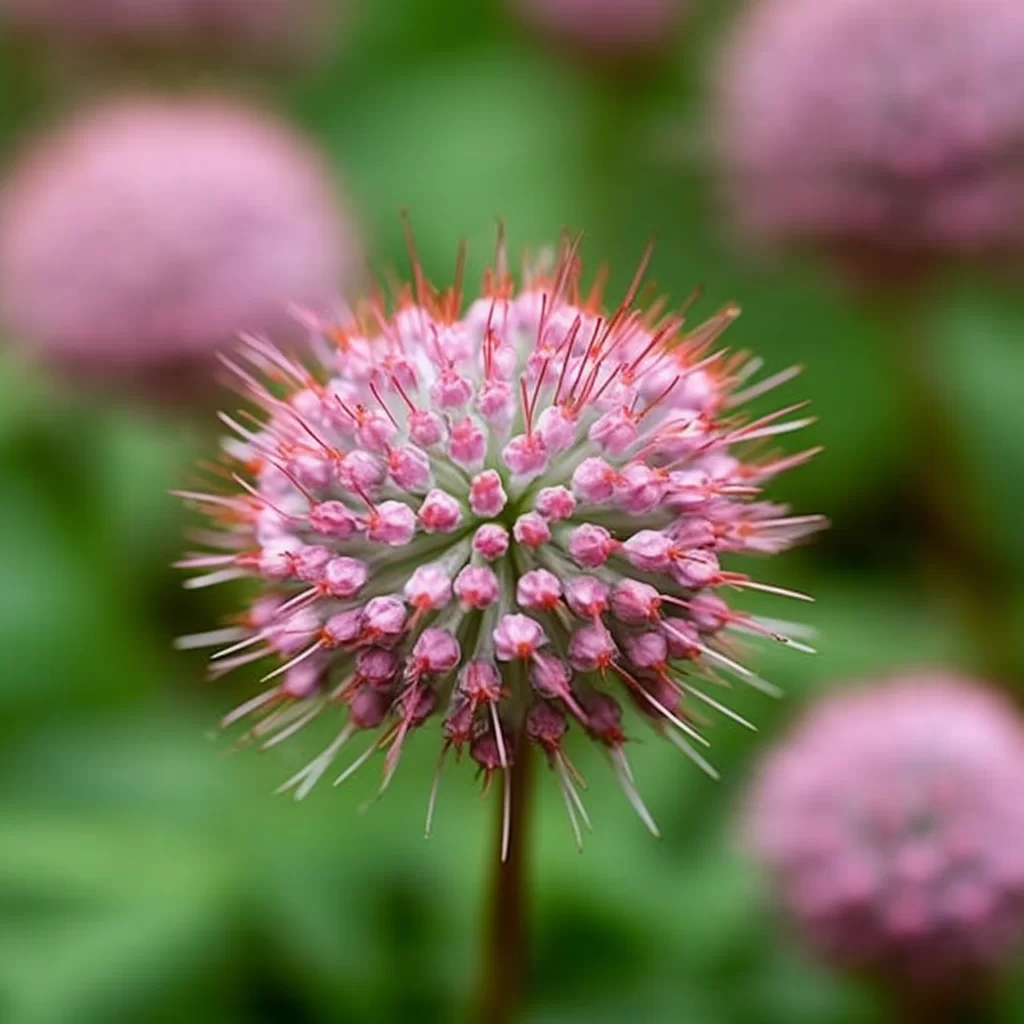Story of Day :
Contents
The Complete Guide to Growing and Caring for Ornamental Onion Plants
Ornamental onion plants, also known as Alliums, are a great addition to any garden.
These plants offer beautiful globes of color in various hues and sizes that add interest and texture to your landscape.
In this guide, we’ll explore everything you need to know about growing and caring for ornamental onion plants.
What Are Ornamental Onion Plants?
Alliums are part of the onion family, which includes garlic, shallots, leeks, chives, and green onions.
However, unlike their edible counterparts that grow underground in bulbs or tubers; ornamental onions grow above ground from bulbs.
They come in various shades of purple like lavender blue or mauve flowers with globe-shaped inflorescences made up of dozens or hundreds of tiny star-shaped blossoms on long stems.
These stunning flowers bloom late spring through early summer; they can reach heights between 6 inches (15 cm) for the smaller varieties up to 4 feet (120 cm) for the taller ones depending on each type’s characteristics.
Growing Ornamental Onion Plants
- Sunlight: Alliums prefer full sunlight but can tolerate partial shade.
- Soil: Well-draining soil is essential as these plants don’t like wet feet.
They thrive best when grown in rich soil with organic matter added during planting time.
- Fertilizer:You do not need much fertilizer while growing alliums: a top dressing with compost at planting time is adequate.
- Bulb Depth:Allium bulbs should be planted four to six inches deep, and the same distance apart, in the fall before the ground freezes.
For naturalizing alliums, plant bulbs three times as deep as they are tall.
- Water:These plants are drought-tolerant and prefer drier soil.
Overwatering can cause bulb rot.

Caring for Ornamental Onion Plants
Alliums require minimal care once established.
Here’s what you need to know:
- Deadheading:Remove spent flowers to encourage new growth and prevent self-seeding.
- Fertilizing:Alliums require little feeding but will benefit from a top-dressing of compost or slow-release fertilizer in early spring.
- Diseases and Pests:Alliums are generally pest-resistant; however, thrips may occasionally feed on their leaves.
Diseases such as downy mildew, botrytis blight can affect them but can be prevented by proper spacing and watering practices.
- Cutting Back Foliage: You may cut back your Allium’s foliage after it has yellowed and died back naturally; this signals that it is time for dormancy during winter months when growing slows down before starting anew next spring season so that they don’t take up too much space or energy into new growth just yet!
Varieties of Ornamental Onion Plants

There are over a hundred varieties of ornamental onion plants available with unique characteristics ranging from flower size, bloom time & color shades!
- The Giant Allium (Allium giganteum) is one of the most popular varieties with a height of 3-4 feet and blooms in late spring.
- The Allium Purple Sensation is also quite popular, producing deep purple flowers on stems that can reach up to 2 feet tall.
- If you are looking for a smaller Allium, the Drumstick Allium (Allium sphaerocephalon) is an excellent option with burgundy-red flower heads only about 1 inch across!
Conclusion
Growing and caring for ornamental onion plants requires minimal effort while providing maximum visual interest and beauty to your garden.
Now that you know the basics of how to grow these amazing plants, why not add them to your collection? With their beautiful blooms and hardy nature, they will be an excellent addition to any garden!
